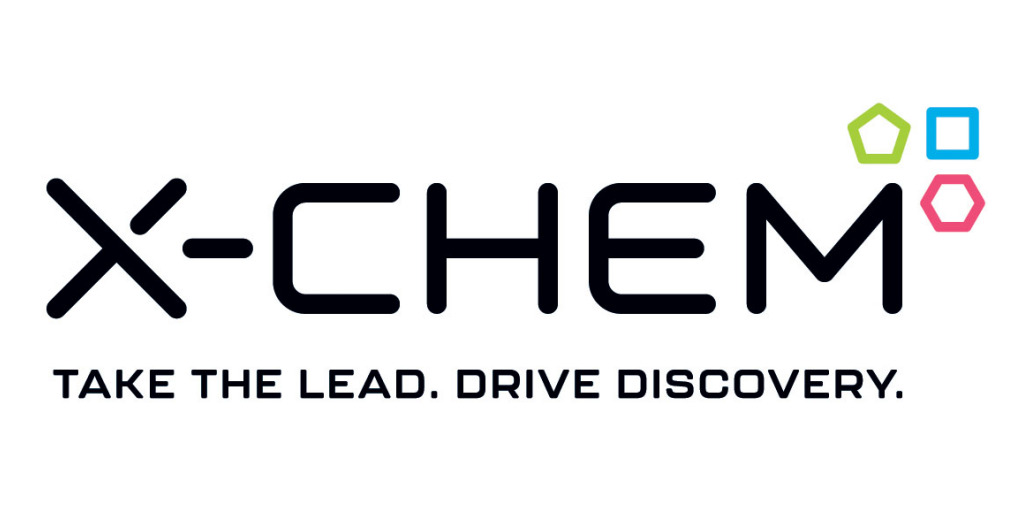
A fresh start: How DNA-encoded libraries are reinventing hit identification
Brought to you by X-Chem
Overview

DNA-encoded library (DEL) screening technology is changing the game of hit identification during early-stage drug discovery—by allowing billions of molecules to be tested against a biological target, at the same time and in a single Eppendorf tube. With a vastly increased number of compounds tested, the likelihood of finding a hit goes up. But this isn’t just a numbers game; the chemistry matters, particularly molecular weight. DEL technology is also significantly cheaper per molecule screened compared to traditional compound libraries.
Key Objectives:
- The advantages of DEL screening
- How DEL screening works
- How to get the most out of a DEL screen
- Examples of areas of success:
-Identifying covalent binders
-De novo discovery of orthosteric, allosteric, and exosite modulators
-Targeting GPCR proteins
-Broad therapeutic implications
Brought to you by:

Please complete the form to download the white paper.
*By submitting this form, you agree to receive more information on related products and services from the American Chemical Society (ACS Publications) and its sponsor via email. ACS takes your privacy seriously. For more information, please see the ACS Privacy Policy .
Copyright © 2025 American Chemical Society | 1155 Sixteenth Street NW | Washington, DC 20036 | View our Privacy Policy